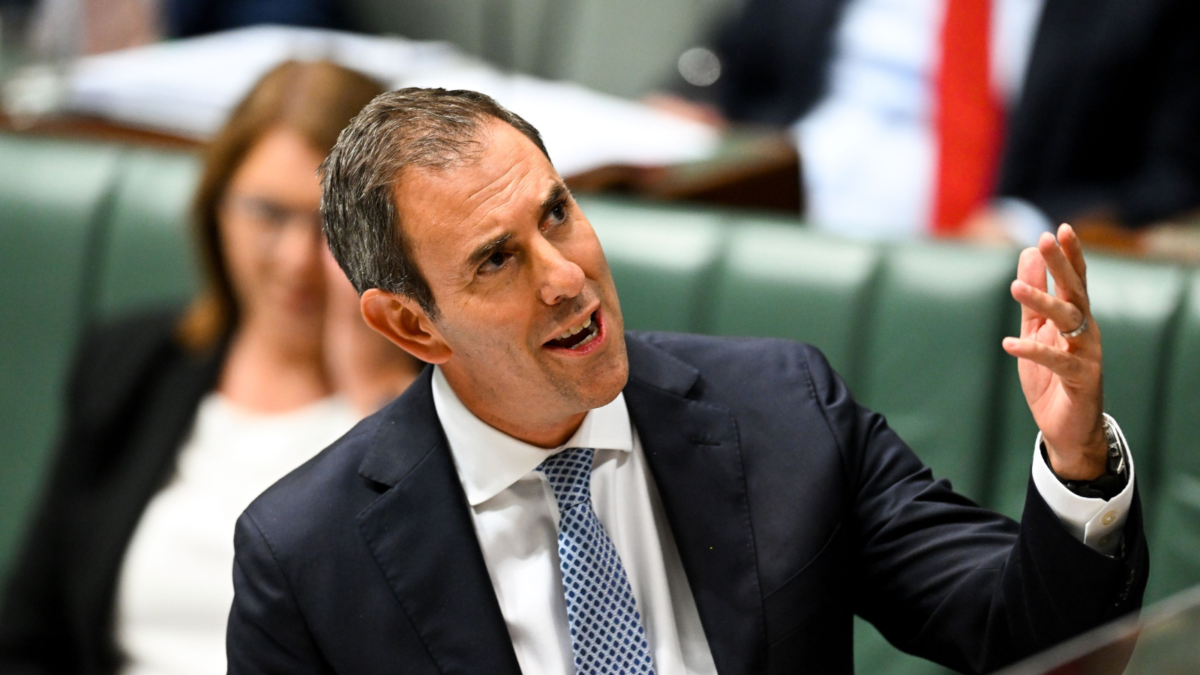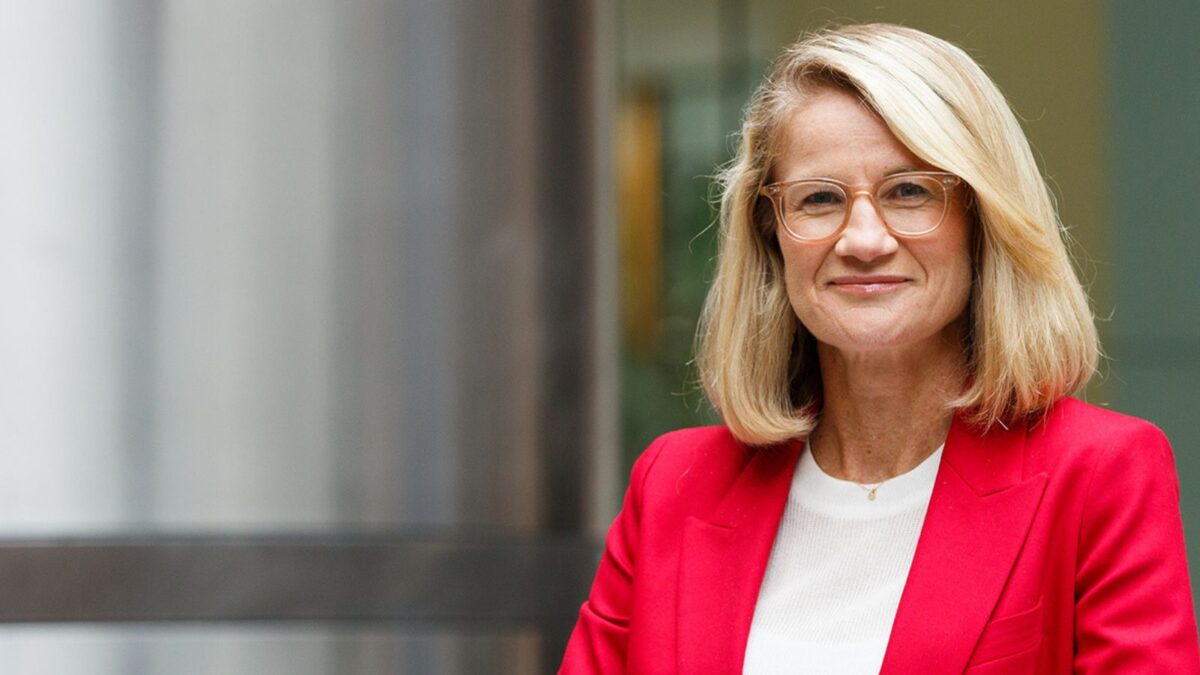A new multi-asset strategy with long pedigree
While tactical asset allocation strategies have had a long history in Australia, their newish incarnation, as global macro funds, have tended to go in and out of fashion in step with market jitters. The current volatility is good news.
Starting with separately managed accounts in 2017 and launching a fund in April 2019, boutique manager Darling Macro has recently been engaging with super funds and other institutional investors, demonstrating what it can do in volatile markets.
Darling Macro is offering tailored overlay strategies to big investors as well as the unit trust version of the strategy. The fund offers daily liquidity. The average annual return since inception in July 2017 to February this year is 8.5 per cent. This compares with the index returns of 8.3 per cent for Australian equities and 11.9 per cent for international equities.
The Sydney-based firm is owned and run by co-CIOs Mark Beardow and Greg Burke, who have been friends since their late teens. They have both had about 25 years of experience using and building macro-type risk strategies in Australia and the UK at separate big organisations.

They say that while their experiences have been slightly different, they have had a common aim which is to generate genuine alpha returns using volatility as the key risk factor. “Our results over the last three years have endorsed this approach,” Beardow said last week (March 23).
Burke has been a senior trader for Deutsche Bank in Sydney and London and a specialist swaps trader for Westpac, his last role before starting Darling Macro with Beardow. He developed the key trading strategies for the firm, which was first executed for a bank’s balance sheet to manage and offset their traders’ Value at Risk (VAR).
Beardow started at NAB in Sydney and moved to London with UBS. He worked at J.P. Morgan in Sydney after returning to Australia, and then he moved into funds management at AMP Capital.
“AMP was a great place to be in the 1990s and 2000s,” he said. “We managed portfolios through a series of international crises, such as the Long Term Capital collapse, Asian and Russian crises, and internal disruption of takeovers [including AXA, National Mutual, ipac and GIO], the UK de-merger and the [AMP Society] listing.”
Earlier on at AMP Capital he said that for the portfolio managers it was about getting an information advantage, which you could still readily find in the 1990s. But it became clear that the managers had to take the information and process it in a disciplined way.
“We realised we needed to be more data driven,” he said. “We built more databases and got more signals. It wasn’t exactly machine learning, but we were entering into that world with our data… We ended up hiring different sorts of people, many of whom you’d now call ‘data scientists’… We saw ourselves in the liquid alternatives space.”
Starting as a credit analyst at AMP Capital in the late 1990s, Beardow became head of fixed income in 2006 and then the CIO of global equities and fixed income, as well as AMP Life, in 2014.
He sees the Darling Macro strategy as shorter-term dynamic portfolio hedging for a fund’s strategic asset allocation. Beardow and Burke believe the current market conditions represent a “positive growth shock”. They don’t think it’s an “inflation shock” yet. Value stocks and equities and other investments linked to GDP growth should continue to do well.
The signals provided by their systematic process stood them in good stead last year. They started to sell parts of the portfolio at the end of January and were down only 2 per cent for the first quarter, following this with three positive quarters. The calendar year return was 7.89 per cent against the Aussie equities index of 1.4 per cent and global index of 5.7 per cent.











